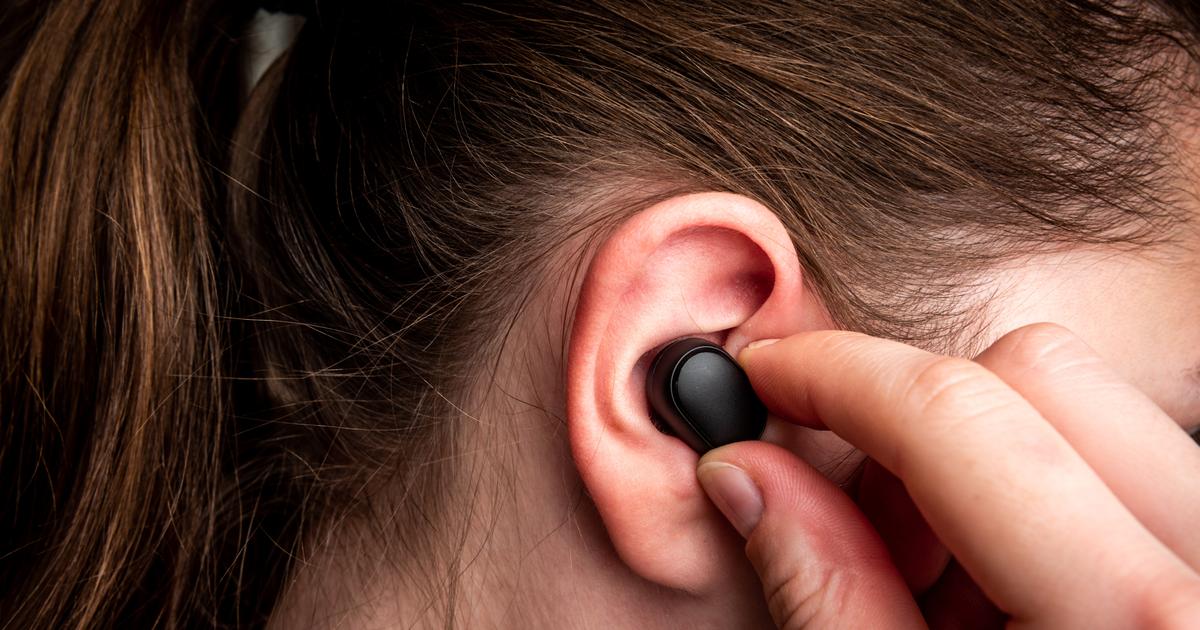Earphones, helmets, nightclubs... These dangerous sound exposures, frequently practiced by young people, are singled out by the scientific journal
BMJ Global Health
.
According to a study, up to 1.35 billion people between the ages of 12 and 34 are at risk of hearing loss worldwide.
Experts denounce overexposure to loud sounds.
The results of the study indicate that 23.81% of young people engage in unsafe personal listening practices and 48.20% frequent noisy entertainment venues.
From these prevalence estimates, scientists establish that the risk of hearing loss concerns between 670 million and 1.4 billion people aged between 12 and 34 years.
This part of the world's population currently stands at 2.8 billion.
Progressive and irreversible hearing loss
"
Deliberate recreational noise exposure, or unsafe listening, is a modifiable risk factor for hearing loss in young people and may increase the risk of hearing loss with age
," say the experts who wrote the study.
Contacted by
Le Figaro
, Dr. Lauren Dillard, consultant to the WHO and main author of the report, explains that the loss of hearing is not sudden but progressive: "
the impact of noise can accumulate with over time and cause ever-increasing hearing loss
.
Read alsoA moving fight against hearing loss
It also recalls that “
the risk of hearing loss [is defined] according to the intensity of the sound level and the duration of exposure
”.
For the WHO, the permissible noise level is 80 decibels (dB) - the equivalent of heavy car traffic or a noisy restaurant - for 40 hours a week.
safe behaviors
Faced with this irreversible risk, the study seeks to “
encourage young people to listen to and enjoy music in complete safety
”.
For this, Dr. Lauren Dillard lists safe listening behaviors to adopt:
"
Keep the volume of devices at a low level, i.e. less than 60% of the maximum volume
".
The scientist discusses the use of noise-canceling headphones to reduce background noise, which helps to avoid increasing the volume;
Protect your ears by wearing "
earplugs in noisy places such as concerts
", and stay away from emitting sources such as "
speakers
";
"
Monitoring your listening levels through the safe listening features built into phones or using apps to monitor your sound exposure
."
The Höra application, created by the Hearing Foundation, notably allows you to test your hearing, thanks to a result delivered by audiology experts;
Be attentive to “
warning signs of hearing loss, including tinnitus (ringing in the ears)
” and “
difficulty hearing high-pitched sounds or following conversations
”.
Read alsoThe risk of cognitive decline increases with hearing loss
In 2015, the WHO already estimated that 1.1 billion adolescents and young adults were at potential risk of hearing loss due to voluntary exposure to recreational noise, now called “
hazardous listening practices
”.
The WHO estimates that more than 430 million people worldwide suffer from disabling hearing loss and that its prevalence could nearly double if preventing hearing loss is not a priority.






/cloudfront-eu-central-1.images.arcpublishing.com/prisa/K6S6W4EXJ5BQTOJZKVLQCIZDQY.jpg)

